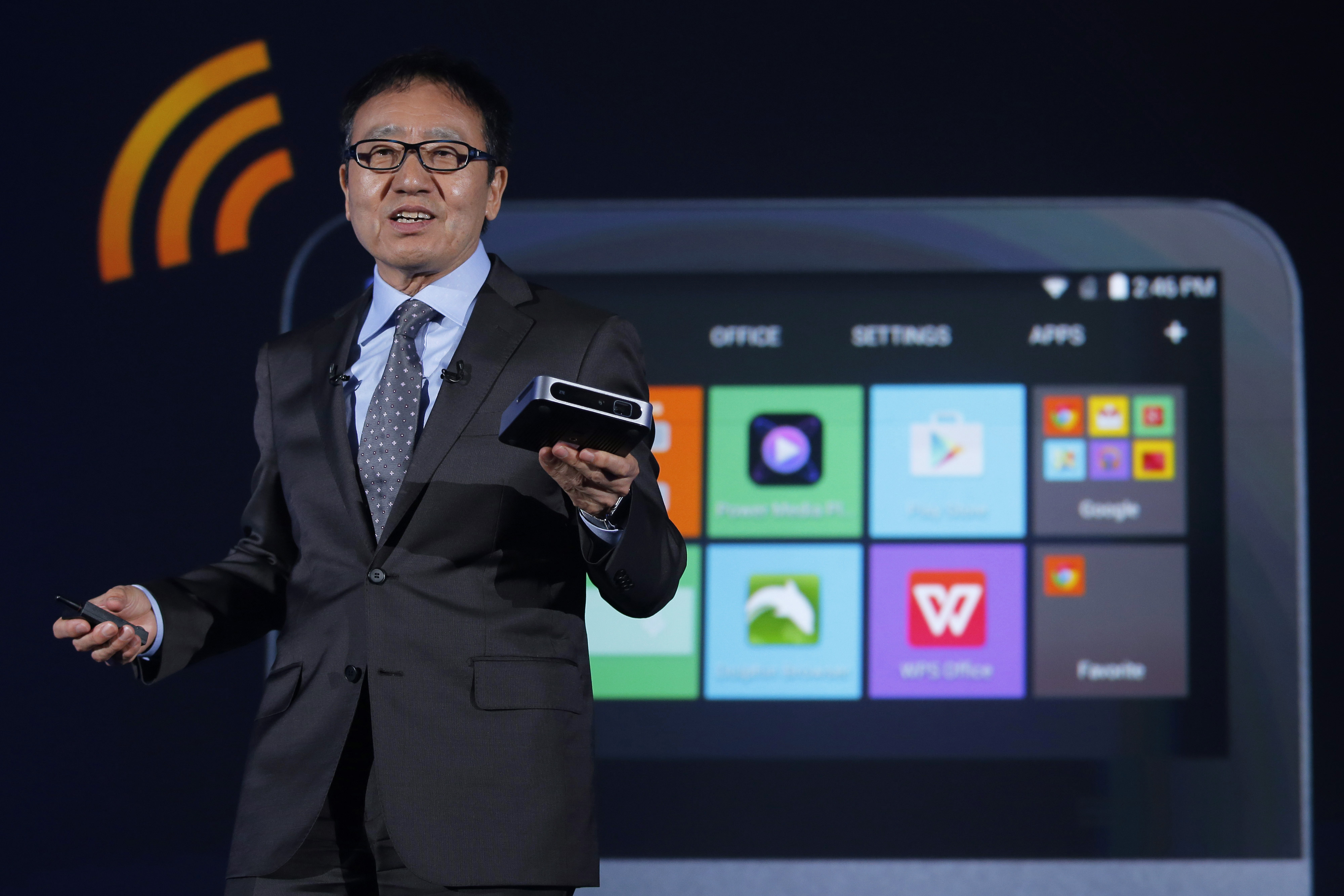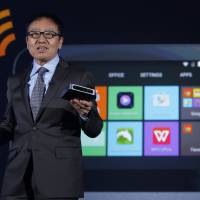While conventional but feature-rich cellphones are still in demand in Japan, one SoftBank executive says don't expect them to stick around forever.
Known as "Galapagos phones," a reference to the high number of endemic species on the islands off Ecuador, the devices often have functions unique to Japan and are generally released here. They typically come in a clamshell form with physical push buttons.
During an event on Tuesday to introduce SoftBank's new product lineup, SoftBank Mobile chief Ken Miyauchi acknowledged that demand for Galapagos phones persists, and said the carrier will continue to provide new models.
"But essentially, I think that the Galapagos phones will eventually be unnecessary products. This may sound extreme though," Miyauchi said, although he didn't hazard a guess as to when that might happen.
SoftBank's stance on the Galapagos phones is slightly different from rival carriers NTT Docomo and KDDI Corp., which introduced their new Galapagos phones more actively in their unveiling events last week.
The year-by-year shipment of the Galapagos phones increased for the first time in seven years in fiscal 2014. The shipment was 10.4 million, up 6 percent from fiscal 2013.
Meanwhile the growth of smartphones slowed, as some people are hesitant to switch to them due to the often pricier monthly fees.
But looking at functions and operability, such as taking pictures, listening to music and sending emails, "smartphones are so much better," Miyauchi said.
Some surveys show that only about 5 percent of people in their 60s use smartphones, he said. He believes that people of that age would still like to use them but they may be unfamiliar with new technology and gadgets, making it harder to switch to smartphones.
As such, Miyauchi said SoftBank plans to have evangelists for smartphones at its stores to help older customers switch to smartphones more easily.




